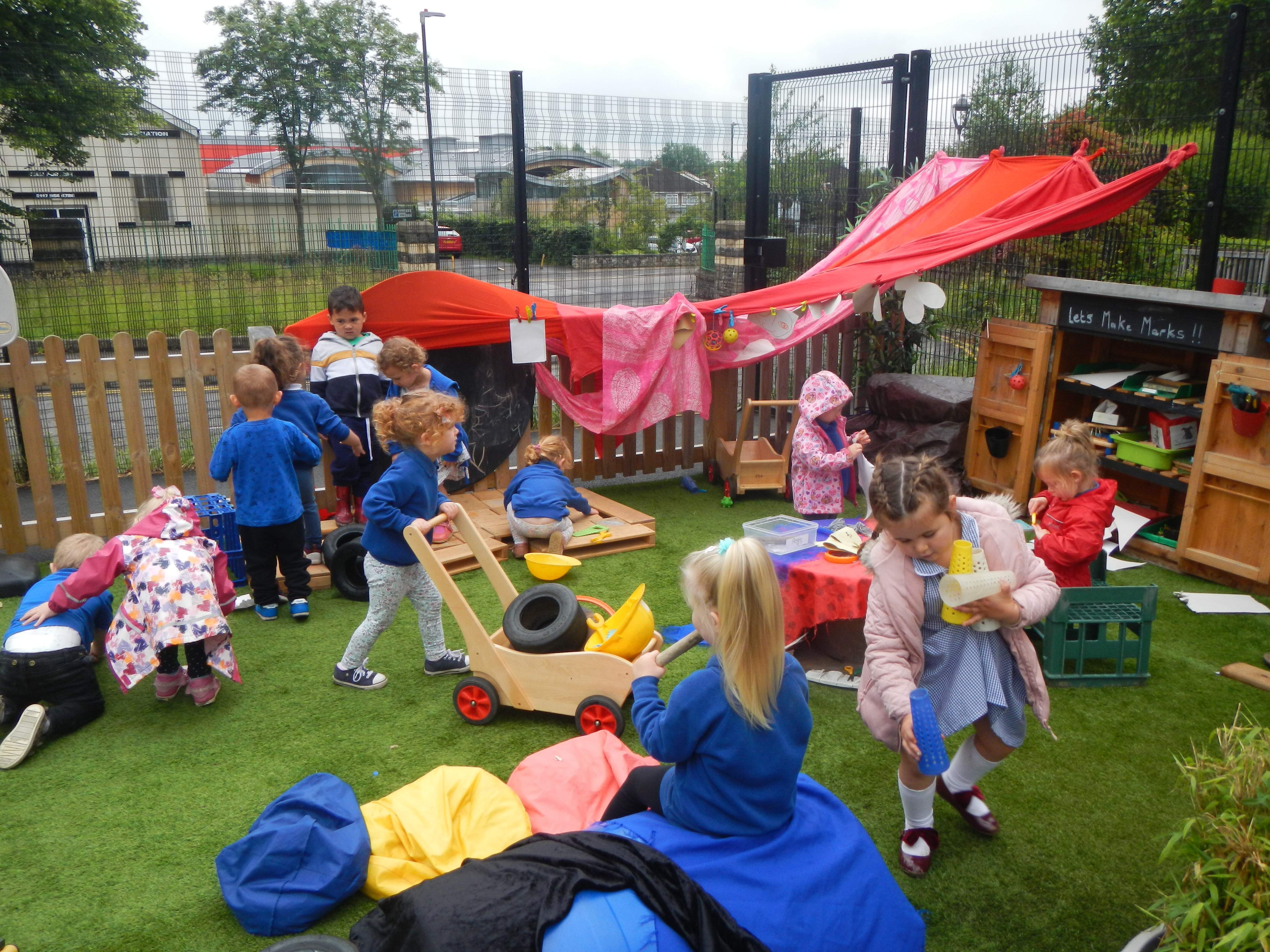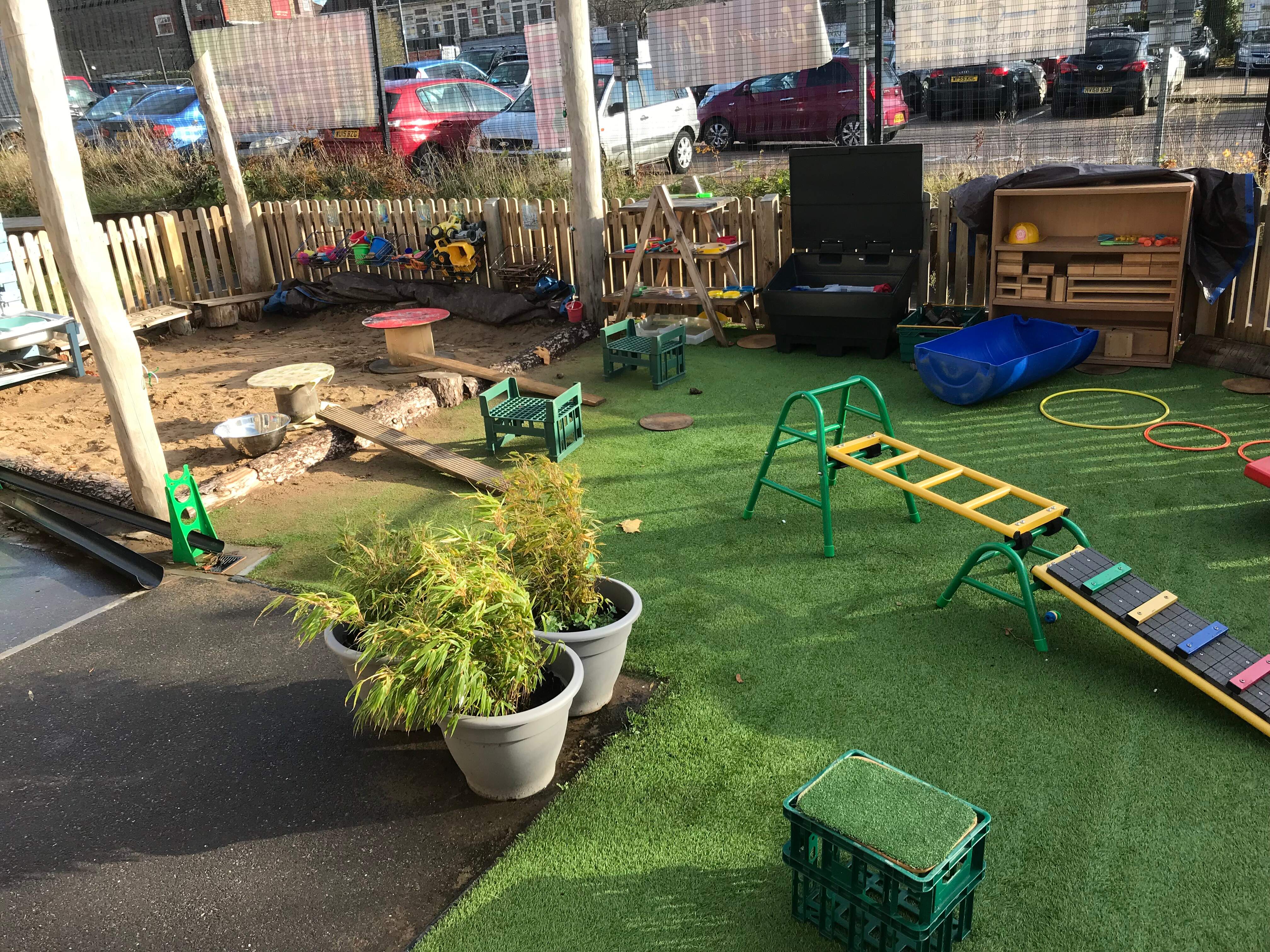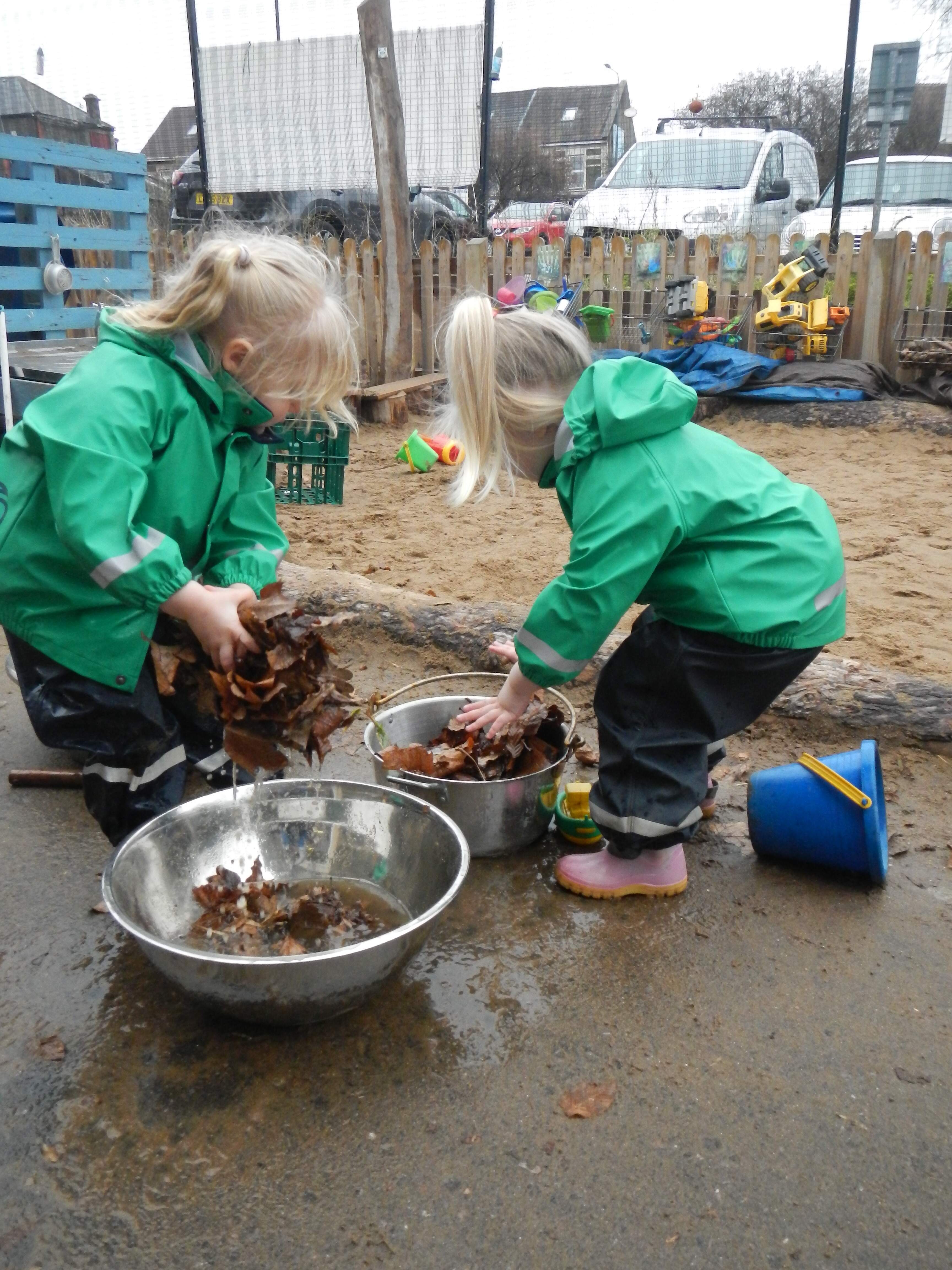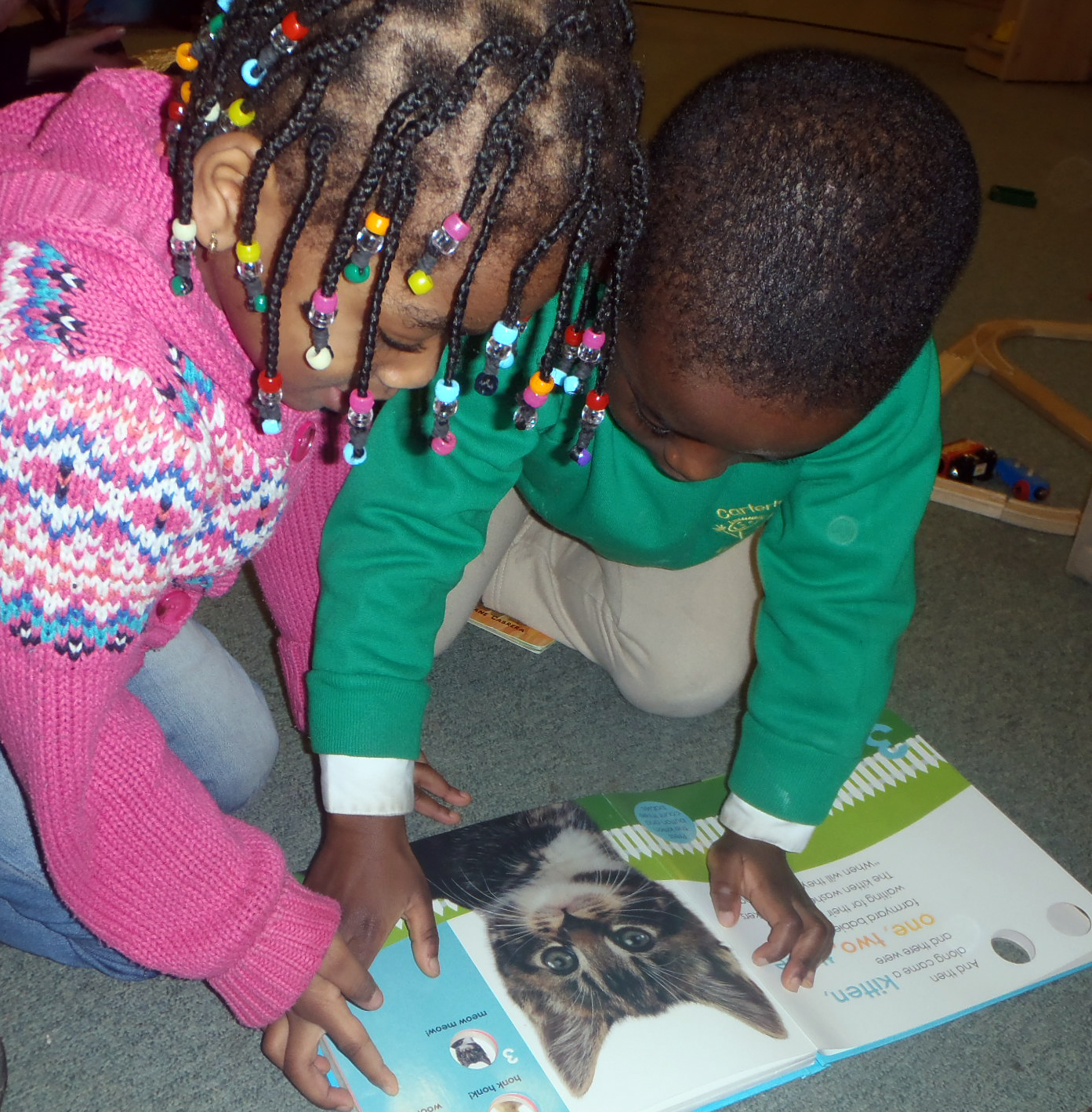Planning in the Moment (or In The Moment Planning) is based on the principal that children learn best when they are following their own interests. In this article, Anna Ephgrave, child-led learning advocate and author, shares her 10 things to consider when…Planning in the Moment.
Planning in the Moment affects every aspect of practice. It is pragmatic – developed after decades of practice, experience and trials – rather than based in theory. However, research, educational theories and even government documents give credence to the approach. It has gained and maintained momentum and popularity because it delivers the best possible long-term outcomes for the children, and it also allows staff to feel happy and re-enthused in their work. For success, it is essential that everyone involved in a team is ‘on board’ – staff, management and parents.
When a child is deeply engaged, new synapses are forming – this is learning. Engaged = Learning. Conversely, when a child is not engaged, new synapses are not forming and the child is not learning. Not engaged = Not learning. We need practice that supports deep engagement of the most children for the maximum amount of time. The ‘Levels of Involvement’ (Ferre Laevers) are an objective way of measuring engagement. This tool supports recognition that the deepest engagement is seen in child-initiated play – when a child has autonomy and choice. Therefore, child-initiated play is the most powerful vehicle for learning. And child-initiated play cannot be ‘pre-planned’!

I have never met a child who does not want to be engaged. However, each child is unique and is engaged by different things in different ways. My two daughters are totally different – this doesn’t mean that one is better than the other – it just means they are unique. This helps to explain why pre-set topics, or individual activities, which all children are expected to complete, can cause stress, behaviour issues and apparent ‘failure’ by some children – they are not interested, do not engage and then are deemed ‘not to be learning’. However, those same children, given the freedom to choose their own topics and activities, can become deeply engaged without stress, without behaviour issues and will experience success.
The level of involvement of a child can be affected by many things and we need to be aware of these. A child’s well-being is the most critical of these – An unhappy child cannot become deeply engaged. This understanding affects practice and drives practice. For example, it will ensure that settling and transition is done sensitively. It will also ensure that inappropriate practices are never contemplated – for example a one hour long phonic session!
This means organising both outdoors and indoors with accessible, versatile, authentic resources, including having experiences and activities available which are challenging and enticing. For example, resources such as fabric, loose parts, sand, water and so on, as well as experiences on offer such as woodwork, cooking, sewing, story scribing and regular outings into the local area and beyond. With careful selection of resources and experiences, settings will discover that all areas of learning can be covered without the need for topics or focussed tasks.

This means that adults are continuously completing the cycle of ‘observation, assessment, planning and teaching’ with hundreds of these cycles being completed by each adult each day. This is only possible if adults are freed up from ‘focused tasks’. They join the children in their play and are constantly alert for opportunities when they can ‘teach’ – when they can make a difference to a child. For example, an adult hears a baby saying ‘car’. The adult replies, extending the language, ‘Yes! A red car’ and the baby says ‘red car’. The whole cycle has been completed – observation, assessment, planning and teaching. Thus, next steps are completed ‘in the moment’ too!
Children need long periods of uninterrupted time when they can decide where to go, how long to stay there and what to do there. This allows time for the children to become deeply involved in their chosen pursuit.

Consistent expectations about behaviour need to be established so the children understand that, although they have a lot of freedom, there are still boundaries. For example, the children put things back when they have finished using them and that they walk and are quiet indoors.

Whether it is a legal requirement or not, some documentation about a child is valuable to share with parents and also to ensure that no child becomes ‘invisible’. The system of ‘focus children’ allows for some detailed documentation to be completed for a few children each week and then shared with parents. The system is manageable and meaningful to children, families and staff.
This is mainly because they see that the uniqueness of their child is recognised, valued and developed. We respect that every child will develop in their own unique way, but they all demonstrate deep levels of involvement – indicating learning. I will finish with a quote from a parent “Our five-year-old has mastered reading, writing and numbers, and created a new social surrounding. She did it completely stress-free, just by playing, following her heart and her interests.”

Anna has been fascinated by babies and young children her whole life and is a strong advocate of child-led learning. She has volunteered in various capacities and has ten years’ experience as a foster parent and has over 27 years’ teaching experience where she led her Early Years’ teams to four consecutive Outstanding grades from Ofsted.
Anna now works as an independent author and consultant and has had five books published including “Planning in the Moment”. Anna now lives in Bristol splitting her time between her training work and looking after her grandchildren.